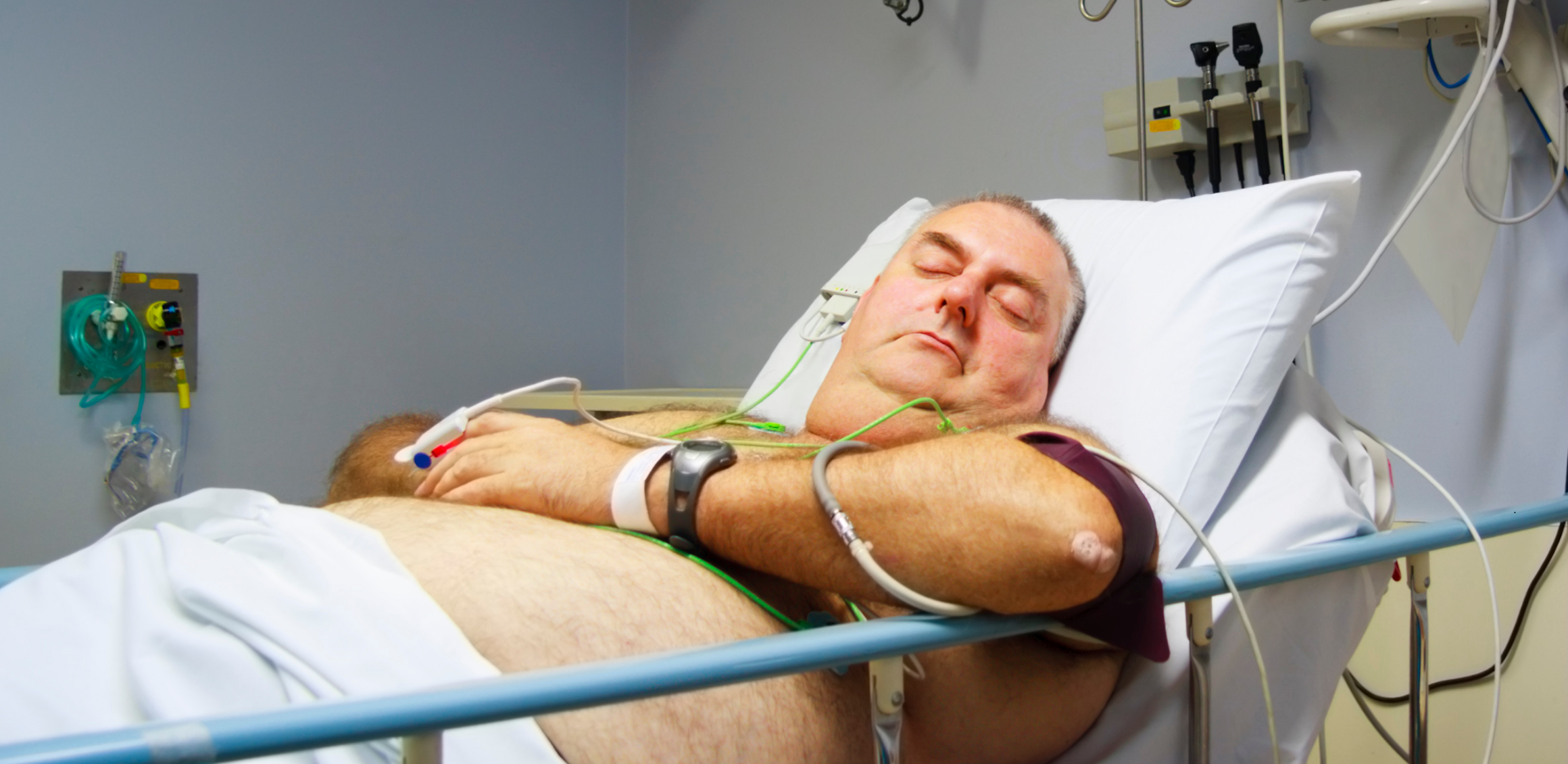- TAVI
- Tri-Klip
- Complex Coronary Interventions
- CTO Treatment (Chronic Total Occlusion)
- Balon Mitral Valvuloplasti
- Pulmonary Balloon Valvuloplasty
- Septal Ablation
- ASD (Atrial Septal Defect)
- Coronary Arteriovenous Fistula Closure
- Paravalvular Leak Closure
- Ablation Methods for Tachycardias
- Supraventricular Tachycardias
- Atrial Fibrillation
- Epikardial Ablation
- Stereotactic Radiosurgery
- Lead Extraction
- Device Implantations
- Pacemaker / ICD
- CRT / CRT-D Implantation
- Wireless Pacemakers
- Renal Denervation
- Non-Surgical Treatment of Aortic Aneurysms and Ballooning
- Cardioneural Modulation

Atrial Fibrillation (Cryoablation and Ablation with 3D Mapping)
Atrial fibrillation (AF) is a rhythm disorder of the upper chambers (atria) of the heart characterized by irregular and often rapid electrical signals.
Atrial Fibrillation (Cryoablation and Ablation with 3D Mapping)
Atrial fibrillation (AF) is a rhythm disorder of the upper chambers (atria) of the heart characterized by irregular and often rapid electrical signals. This condition impairs the proper contraction of the atria and reduces the efficiency of the heart’s pumping action. One of the treatment methods for AF is ablation, which aims to eliminate the abnormal electrical pathways causing AF. This procedure can be performed using radiofrequency energy or cryoablation (freezing). Additionally, 3D mapping techniques are utilized to enhance the effectiveness of ablation.
Cryoablation
Cryoablation is an ablation method that renders ineffective the abnormal electrical signals causing AF by freezing them.
During the procedure: Preparation and Anesthesia: The procedure is typically performed under general anesthesia or deep sedation. Catheter Placement: A catheter is guided to the area where cryoablation will be performed via the femoral vein.
Mapping and Targeting: Electrical activity is mapped to identify abnormal pathways. Cryoablation: The cryoablation catheter is positioned in the abnormal area and the tissue is frozen to destroy it.
Monitoring: The success of the ablation is verified, and the catheter is removed.
Cryoablation is commonly used for pulmonary vein isolation (PVI), as pulmonary veins are a frequent source of AF, and isolating them can effectively treat AF.
Ablation with 3D Mapping 3D mapping is an advanced technique used to improve the accuracy and efficacy of ablation procedures. This technology provides a three-dimensional visualization and mapping of the heart’s internal structure and electrical activity. The steps involved in ablation with 3D mapping are: Preparation and Anesthesia: The procedure is typically performed under general anesthesia. Catheter Placement: A catheter is guided to the heart via the femoral vein.
3D Mapping: Special catheters and mapping systems are used to create a detailed 3D map of the heart’s internal structure and electrical activity.
Ablation: Abnormal electrical pathways identified through the 3D mapping system are targeted and eliminated using radiofrequency energy or cryoablation. Monitoring: The success of the ablation is confirmed, and the catheter is removed.
Advantages and Risks Cryoablation: Advantages: Less pain and discomfort. Formation of less scar tissue in the ablation area. Ability to isolate larger areas with less risk. Risks: Bleeding or infection at the catheter insertion site. Incomplete elimination of abnormal rhythms. Pulmonary vein stenosis (narrowing).
3D Mapping: Advantages: Improves the accuracy of the ablation procedure. Provides precise identification of abnormal pathways. Reduces radiation exposure during the procedure. Risks: Bleeding or infection at the catheter insertion site. Rare complications during mapping. Complexity of the procedure and longer duration.
Conclusion Cryoablation and 3D mapping techniques represent advanced and effective methods for treating atrial fibrillation. Both techniques target abnormal electrical signals to reduce AF symptoms and improve patients’ quality of life. The choice between these methods should be based on the individual patient’s condition and the recommendations of their physician. These procedures are typically performed by cardiologists specialized in arrhythmia management following a comprehensive evaluation of the patient.
